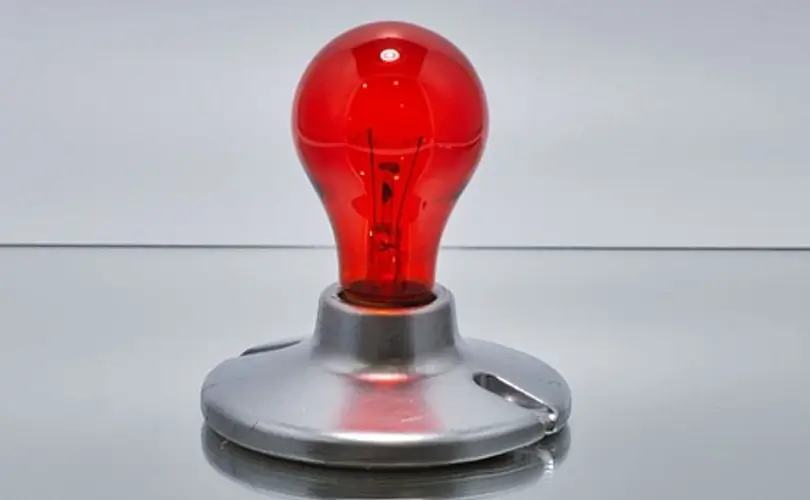These conditions make it difficult for individuals to obtain sufficient rest, which may have negative consequences. For example, lack of sleep can abbreviate a person’s life and impair their learning ability. In addition, in certain instances, sleep deprivation can result in the neurological disorder narcolepsy. Those afflicted with this condition frequently awaken at odd hours and experience abnormal daytime drowsiness.
Improves the Caliber of Slumber
Red light treatment helps some people sleep. Several studies indicate that it helps people with insomnia sleep better. The inquiry is early; thus, sample sizes must be constant. In addition, it is uncertain how red light therapy affects different individuals.
According to one study, red light exposure improved circadian rhythms. It was also discovered that lunchtime increases attentiveness. To determine whether red light improves sleep quality, additional research is necessary.
Reduces Tension
Red light therapy is a simple treatment that can improve your health and sleep quality. It is a valuable option that can be utilized whenever necessary and has no negative adverse effects. If medical costs concern you, try utilizing a home gadget, but first, discover how it works.
Studies have demonstrated that red light therapy aids in headache prevention and sleep quality improvement. According to a 2014 study on post-traumatic stress disorder, red light therapy was also shown to reduce symptoms. According to a second study that analyzed the electrical activity of brain cells, red light therapy can effectively promote sleep.
Facilitates Relaxation
The red light treatment induces sleep. Red light’s greater tissue penetration reduces inflammation and improves circulation. In addition, it aids in pain relief and tissue repair. It enhances the body’s ability to regenerate, which promotes increased sleep.
Because the procedure is non-invasive, you are not required to endure discomfort or wear special attire. Your tissues obtain more oxygen and nutrients because of the increased blood flow. Enhanced circulation aids in the elimination of toxins from the body.
Elevates Melatonin Levels
Melatonin improves health naturally. This hormone, produced in the early evening as the body prepares for sleep, helps initiate and maintain slumber. However, light exposure during the day can inhibit this production. For example, it has been demonstrated that blue light emitted by displays and mobile devices inhibits melatonin production. In addition to disrupting sleep, light exposure can affect other hormones that modulate the body’s ability to fall asleep and remain sleeping.
Exposure to red light has also been shown to increase melatonin production. Red light’s effect on melatonin is beneficial for some sleep disorders. In one study, red light therapy was shown to significantly improve sleep quality and reduce the symptoms of sleep inertia, also known as grogginess. In addition, the study found that red light therapy patients experienced less sleep inertia and performed better on various cognitive tests, such as memory and attention tests. These findings suggest that red light therapy may be a safe alternative to sleeping pills.
Minimizes Fatigue
Red light therapy is an efficient treatment for drowsiness. Researchers have found that red light benefits the body and emotions and may reduce fatigue and sleep difficulties. This new free therapy may increase pleasure, alertness, and sleep quality. In addition, the medication is safe and non-toxic.
It may be a secure, low-demand, and long-term treatment for those who suffer from chronic sleepiness. In addition, studies have demonstrated that short-wavelength light therapy helps individuals with mild to severe traumatic brain injury feel less exhausted and discouraged.

Dominic E. is a passionate filmmaker navigating the exciting intersection of art and science. By day, he delves into the complexities of the human body as a full-time medical writer, meticulously translating intricate medical concepts into accessible and engaging narratives. By night, he explores the boundless realm of cinematic storytelling, crafting narratives that evoke emotion and challenge perspectives.
Film Student and Full-time Medical Writer for ContentVendor.com




